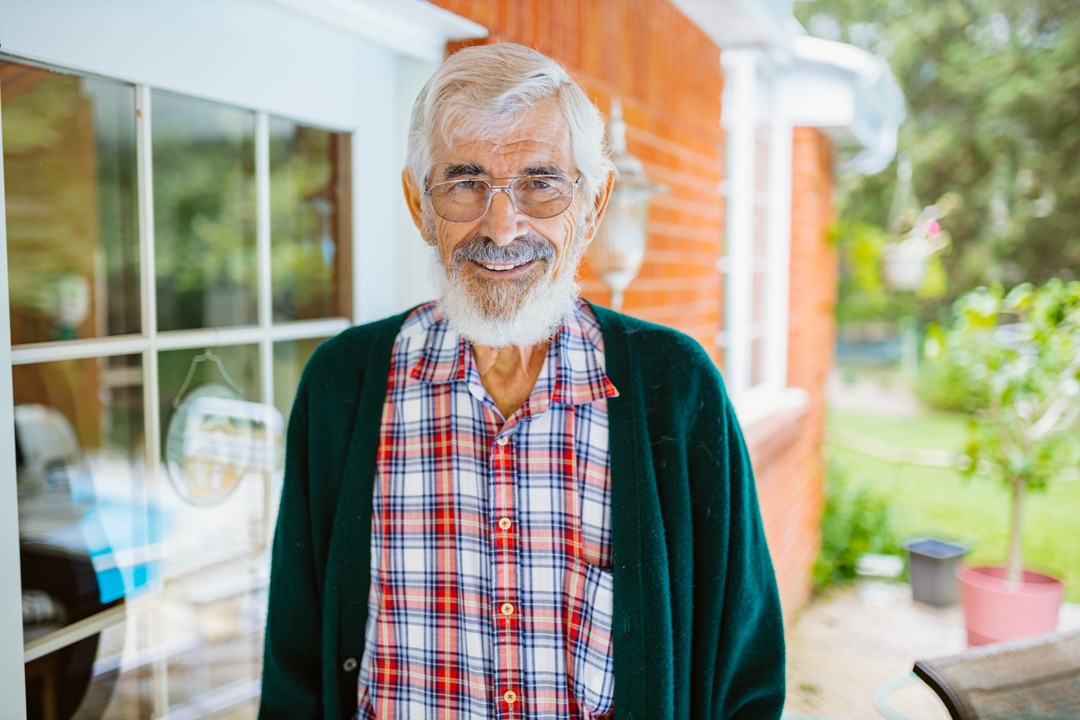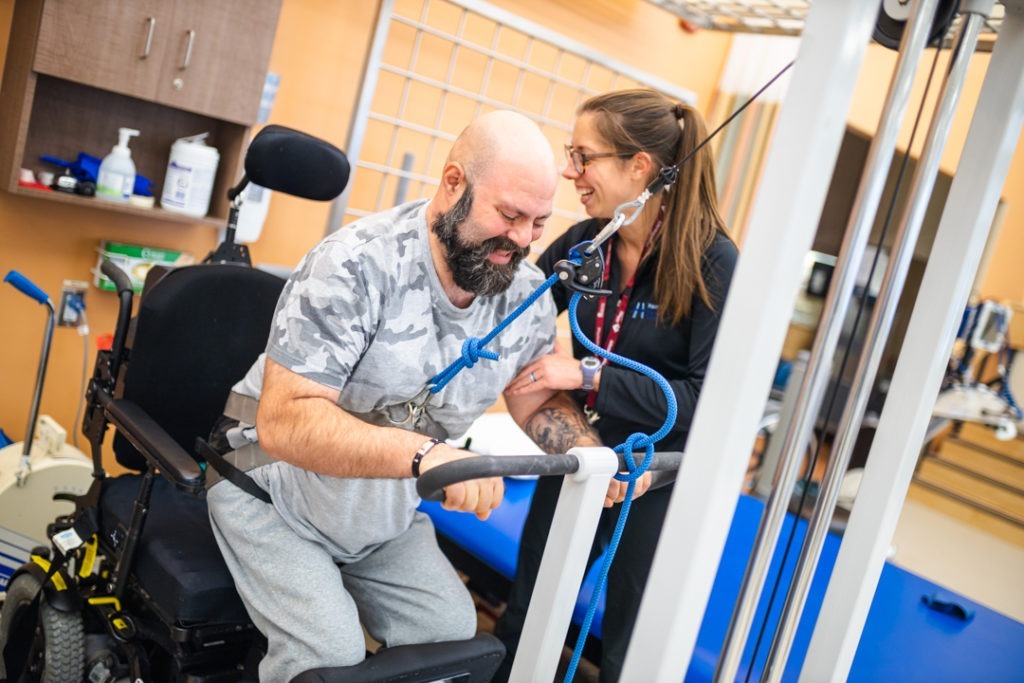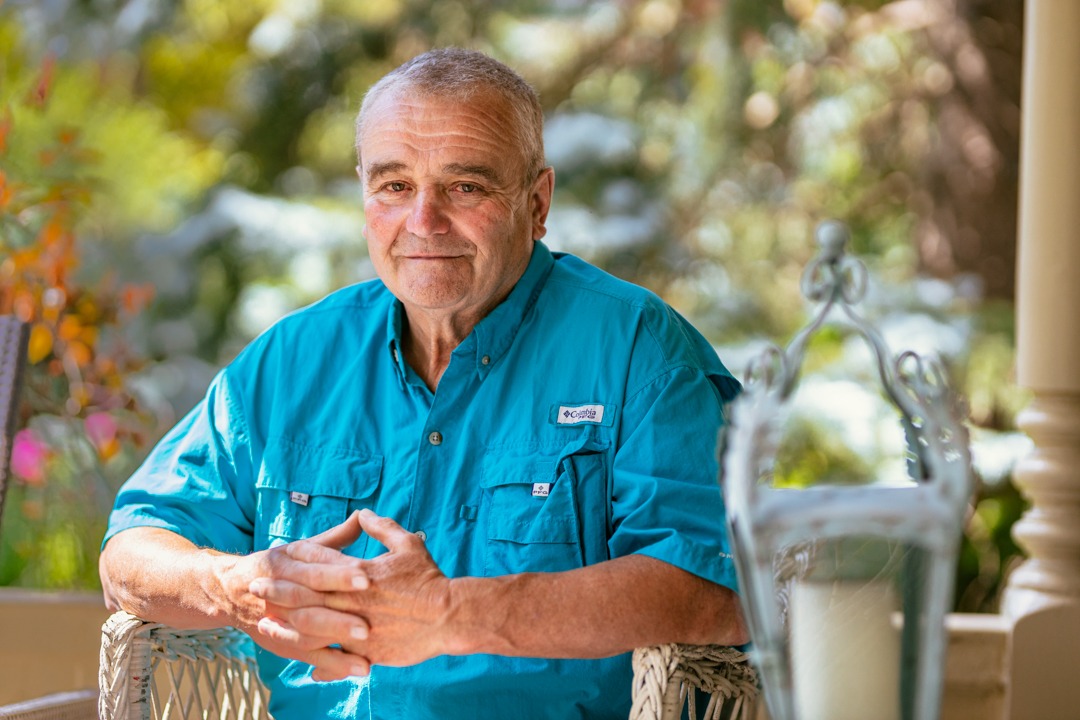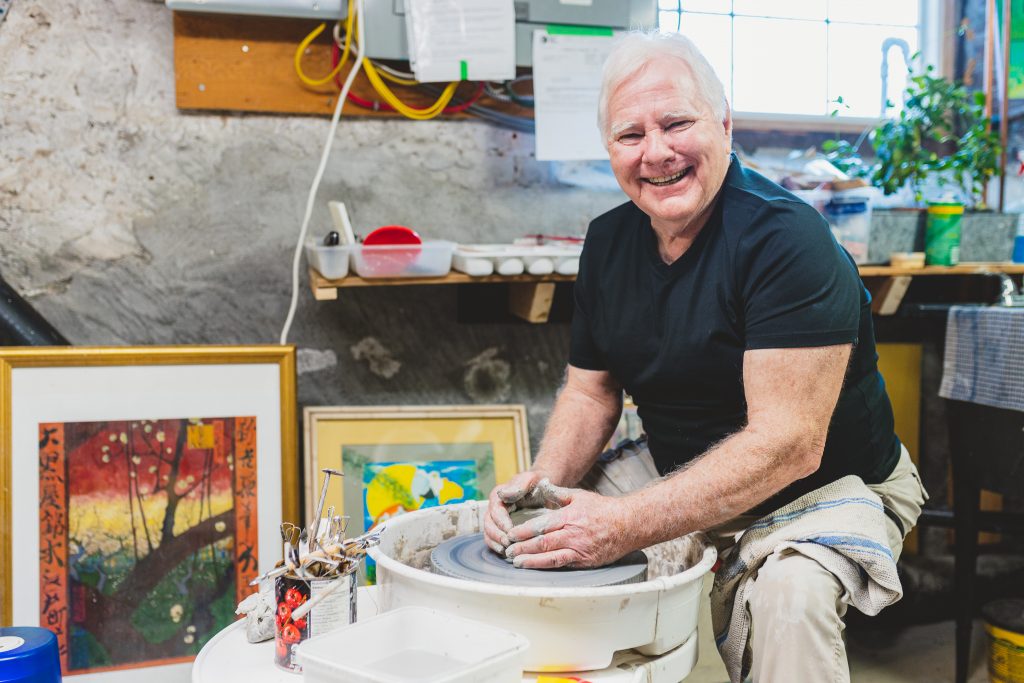
Hamilton man feels young at heart thanks to HHS cardiac procedure
Hamilton Health Sciences (HHS) patient Ken Mallard feels young at heart thanks to a lifesaving cardiac procedure last February.
“For several years I had been feeling out of breath and having chest pains when climbing the stairs in my house,” says Ken, who with wife Gwen runs the Rose Arden Bed and Breakfast near HHS’ Juravinski Hospital and Cancer Centre in Hamilton.
“The diagnosis didn’t come as a complete surprise.”
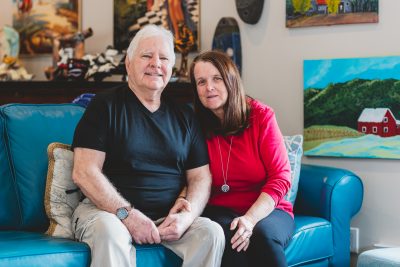
Ken and Gwen Mallard at their Hamilton Mountain home/Bed & Breakfast
Ken didn’t tell Gwen about his symptoms because he didn’t want to worry her. But he did share his concerns with his cardiologist, which led to a diagnosis of aortic valve stenosis.
Aortic stenosis
Commonly known as the narrowing of the aortic valve, it’s one of the most common and most serious heart valve diseases because it increasingly reduces the flow of blood from the heart to the rest of the body, putting people at serious risk of heart attack. In Ken’s case, aortic stenosis was caused by a congenital bicuspid aortic valve — a condition he was born with in which his aortic valve was made of only two leaflets and not the normal three. People born with this condition are more prone to aortic stenosis, and therefore progressive heart failure.
A family history
“The diagnosis didn’t come as a complete surprise,” says Ken, who had lost several close family members to heart disease over the years.
Ken’s cardiologist referred him to the Aortic Valve Clinic at HHS’ Hamilton General Hospital. The clinic provides care to patients with aortic stenosis or aortic regurgitation, a condition that happens when the aortic valve doesn’t close tightly. In Ken’s case, his valve had severely narrowed due to aortic stenosis.
“This condition typically doesn’t affect people until later in life when the valve starts to degenerate,” says Dr. Madhu Natarajan, an interventional cardiologist at HHS. Natarajan is part of Ken’s HHS health-care team.
Team approach
The Aortic Valve Clinic’s health-care providers work as an interdisciplinary team made up of interventional cardiologists, cardiac surgeons, nurses and cardiology resident physicians.
“I wouldn’t be here, enjoying my life, if it wasn’t for them.”
Historically, patients diagnosed with aortic stenosis would have been treated with cardiac surgery. But through advancements including an interdisciplinary approach, patients like Ken are able to undergo a much less invasive procedure called transcatheter aortic valve replacement (TAVR).
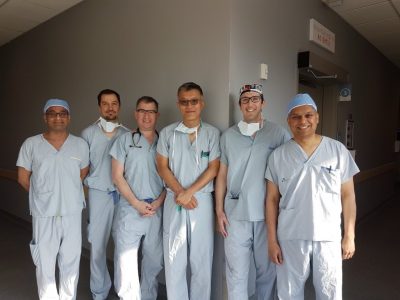
HHS aortic valve heart team physician members: Interventional cardiologist Dr. Tej Sheth, vascular surgeon Dr. John Harlock, interventional cardiologist Dr. James Velianou, cardiac surgeon Dr. Victor Chu, structural heart fellow Dr. Jose Winter and interventional cardiologist Dr. Madhu Natarajan. File photo taken pre-COVID.
The team reviewed Ken’s test results and found that his condition was urgent, so his procedure took place within a few days. With TAVR, a new aortic valve is placed inside the old, disintegrating valve, which isn’t removed. The new valve is delivered, via catheter, from the groin to the heart.
The pandemic
“When people need urgent care, we continue to make sure they get their procedures quickly,” says Natarajan, of caring for patients during the pandemic.
The pandemic also introduced virtual care to the clinic. A patient’s first visit takes place virtually by phone, followed by a second visit that’s in-person and includes blood work, an electrocardiogram to record the heart’s electrical signals, an echocardiogram and CT scan for images of the heart and blood vessels. At this second visit, patients also meet with their surgeon and interventional team to review the treatment plan together.
`Absolutely amazing’
The TAVR procedure took about one-and-a-half hours. “It felt a little sensitive at first, but overall it was completely fine,” says Ken, who received anesthetic but was awake the entire time. He stayed in hospital overnight, returning home the next day.
“I felt great right after the procedure. It was absolutely amazing, and I’m so grateful to my TAVR team at HHS. I wouldn’t be here, enjoying my life, if it wasn’t for them,” says Ken, who’s many interests include pottery. The couple have a pottery/art studio in their basement.
As for the stairs in his home, Ken says they’re no trouble anymore. “I spring up those stairs now.”

